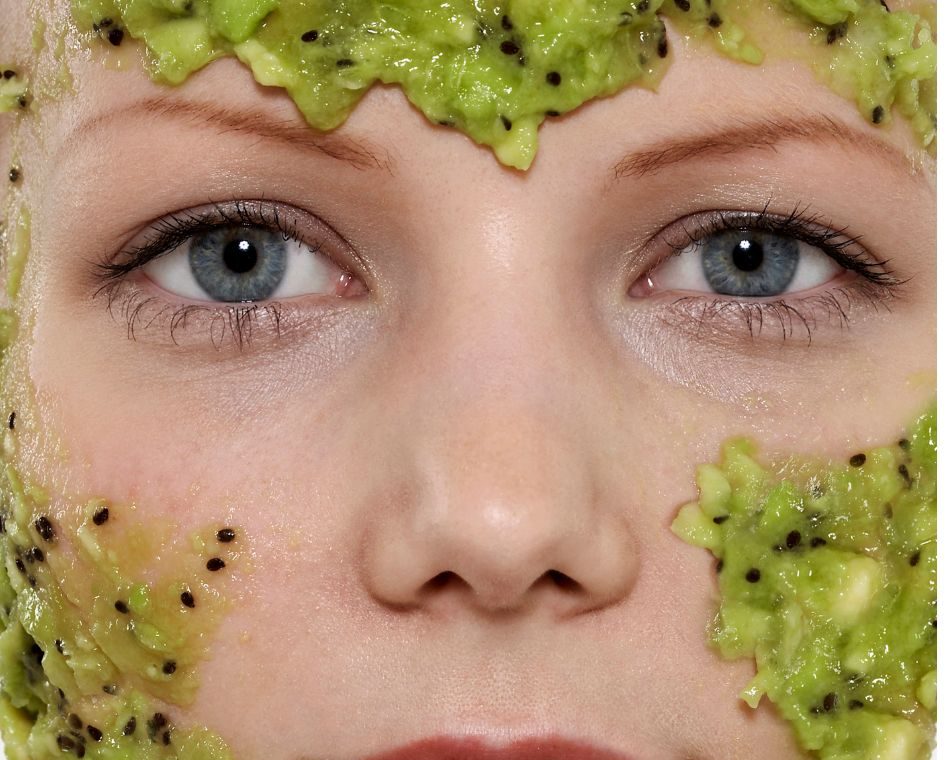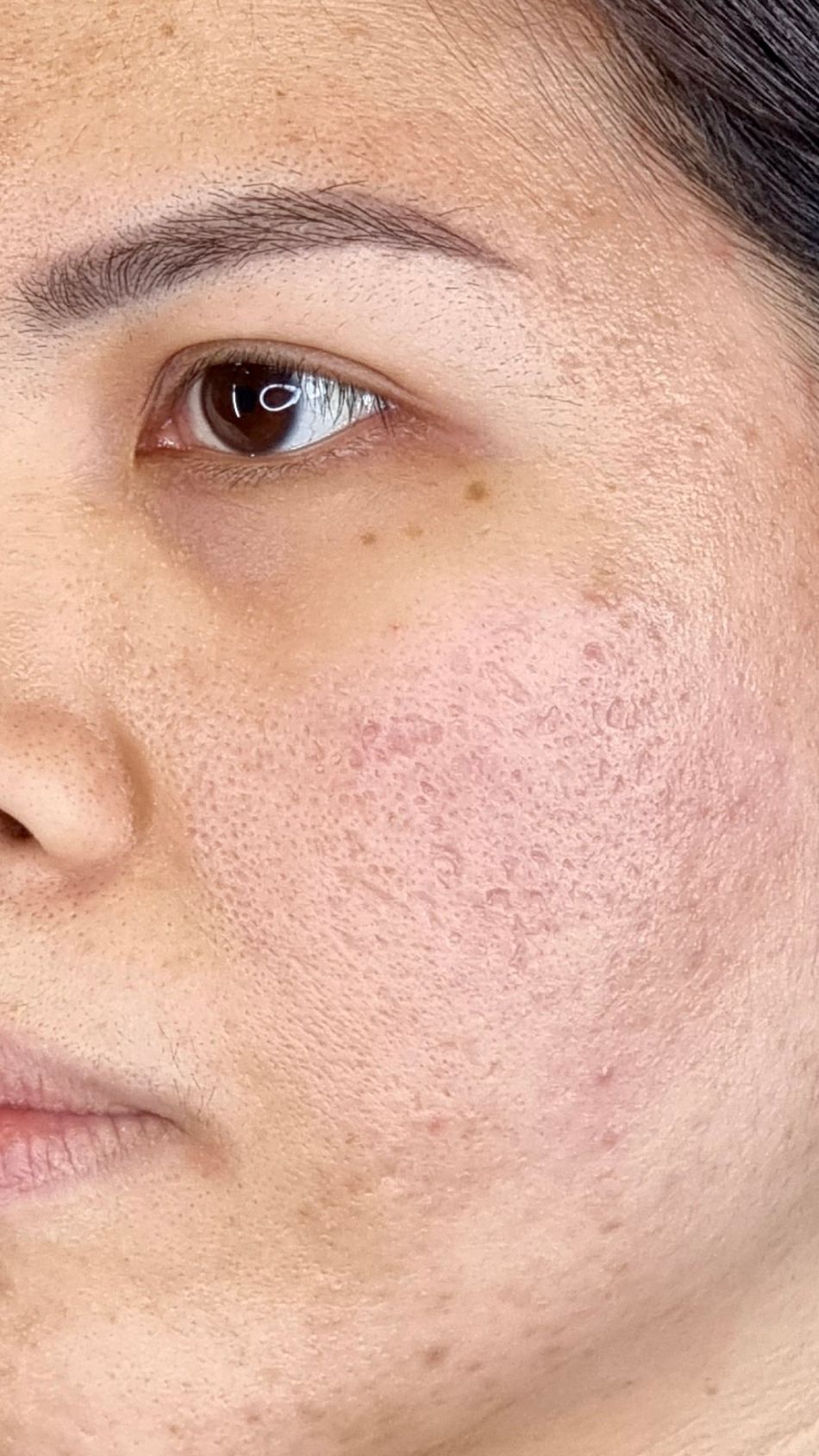

Chemical peeling is a procedure of skin rejuvenation by removing a layer of dead skin cells on the skin’s surface and enhancing the production of new healthy skin cells.
This method stimulates the creation of new cells while also activating collagen in the underlying dermis, resulting in a tightening effect and more even melanin distribution.
This method may need to be repeated several times to achieve the desired results.
Peeling operations are classified based on the depth of penetration.
It is categorized into three types: superficial peels, medium peels, and deep peels. The type of peeling and how deeply it penetrates the skin influence the therapeutic outcomes. Furthermore, the depth of exfoliation also symbolizes the degree of skin damage, and hence has an effect on the recovery duration, or ‘healing time.
Since many people have various views about how they want their skin to look, the consultation phase is important to decide the right treatment. Since most individuals want “healthy” skin, we need to know what is classified as “healthy” skin. In general, healthy skin is pliable and uniform in color, free of any damage caused by sunshine or symptoms of aging, free of pimples and scars, and capable of recovering rapidly.
Peeling is used to treat:
– Sun or aging spots.
– Melasma and hyperpigmentation.
– Uneven skin tone.
– Superficial and fine wrinkles.
– Acne marks.
– Enlarged pores.
– Superficial scars.
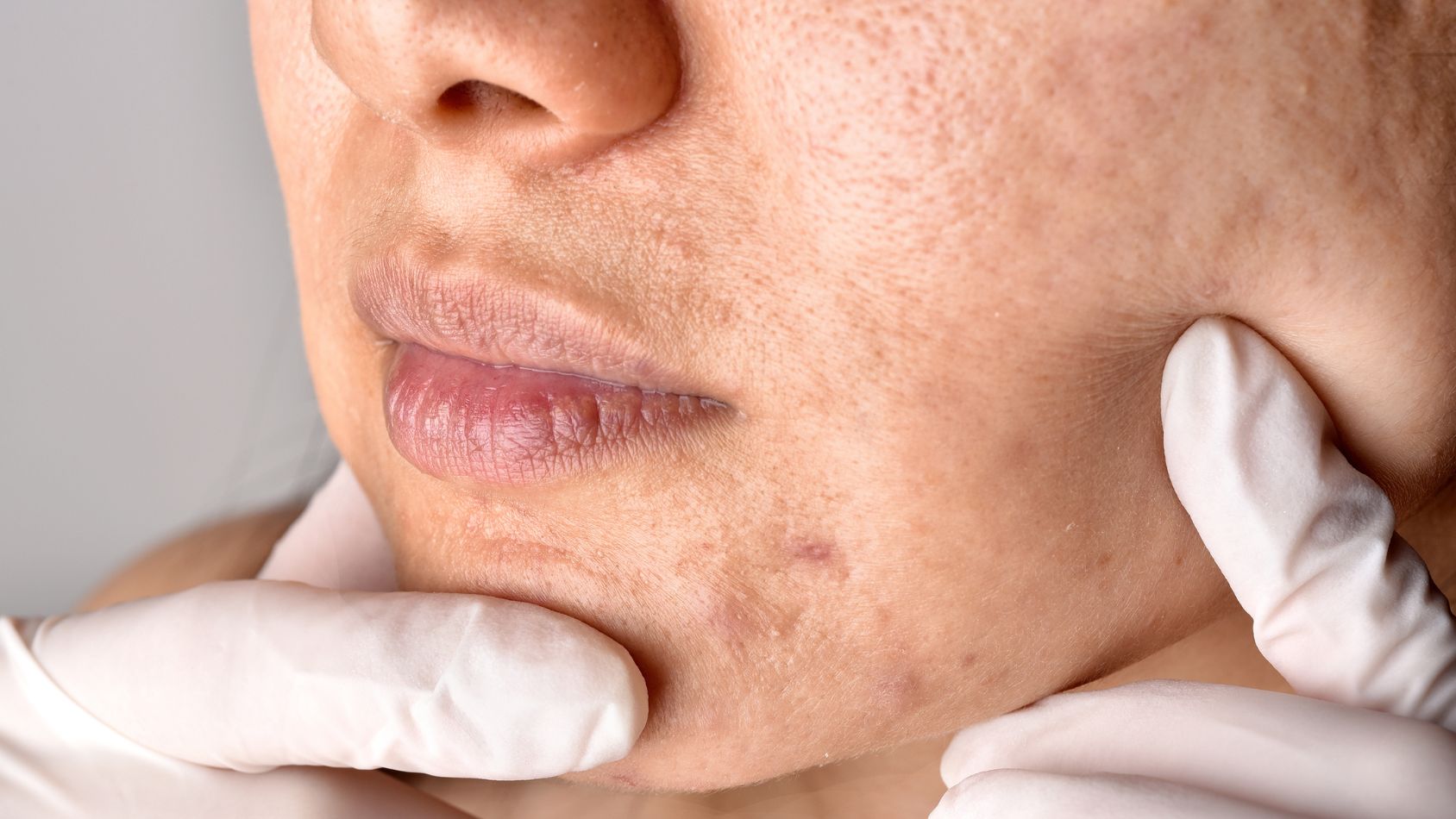
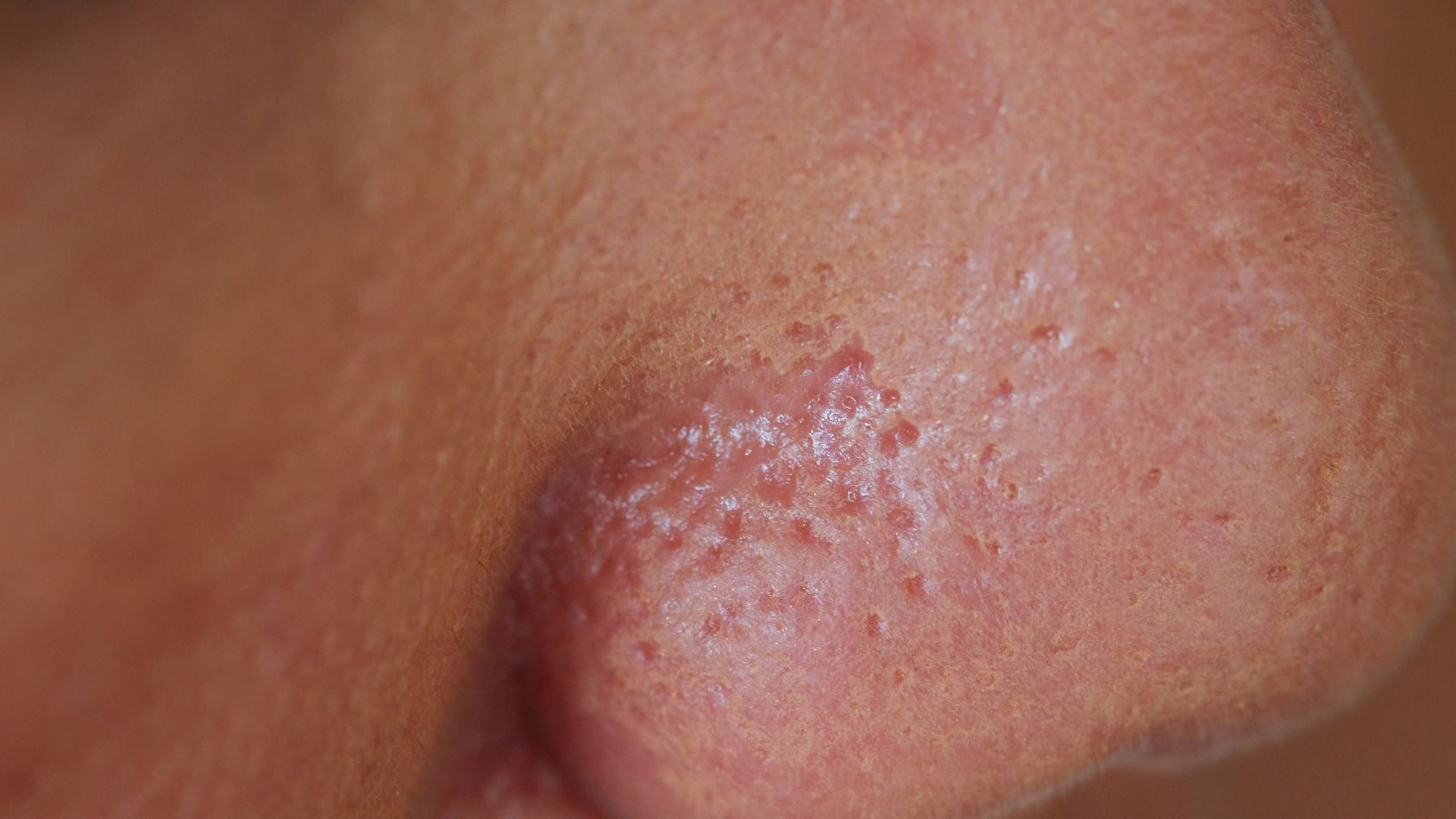

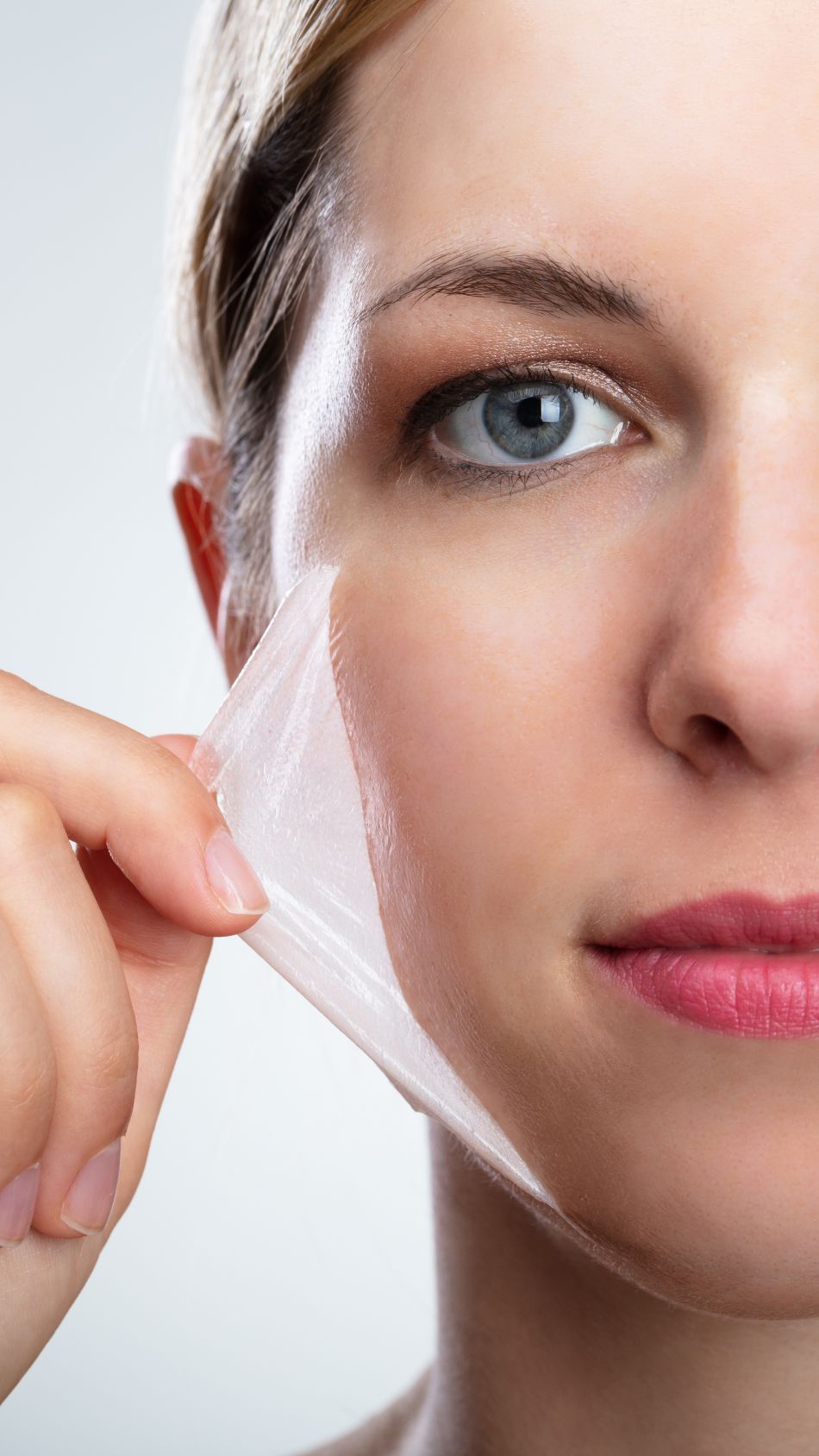
The doctor uses gentle tools on the skin, such as cotton pads or brush to apply the treatment, which usually consists of salicylic acid or glycolic acid, depending on the type of peeling. The treatment will stay on the skin for some time as per the doctor, after that the face should be washed gently. The person may feel a slight tingling sensation when applying the chemical liquid to the skin, and the tingling or pain sensation varies depending on the type of peeling. The treatment will cause redness and swelling for several days and then the skin will begin to peel off for 7-10 days.
Avoid sun exposure: chemical peels respond better to skin that isn’t exposed to the sun as much as possible prior to the treatment, and apply sunblock SPF 50 if you are outside.
Keep Your skin should be well-hydrated on the day of the treatment and avoid any products that dry out your skin a few days prior to your appointment.
A deep cleansing facial in the clinic is required for people who have a lot of black and white heads, to avoid break out during peeling.
Adhering to pre and after treatment instructions reduces the risk of complications.
– Treated skin areas should be kept moist with a product recommended by a doctor. Avoiding sun exposure, intense exercise and sweating immediately after exfoliation is also extremely important.
– Picking up flaky skin or performing deliberate exfoliation should be prevented, since this might raise the risk of infection, hyperpigmentation, and scarring in the underlying skin.
– Medium-depth peeling may cause swelling around the eye, blistering, and pigmentation for about a week post the treatment, but this is typical; oral antibiotics are not required in superficial to medium-depth peeling unless there are signs of infection. Make-up and skincare products can be reused after the peeling process is completed.
– The patient should avoid sun exposure for at least six weeks after the peel to prevent the possibility of postinflammatory hyperpigmentation.
– Taking pictures of the case before and after treatment is a crucial and necessary step for the results obtained.

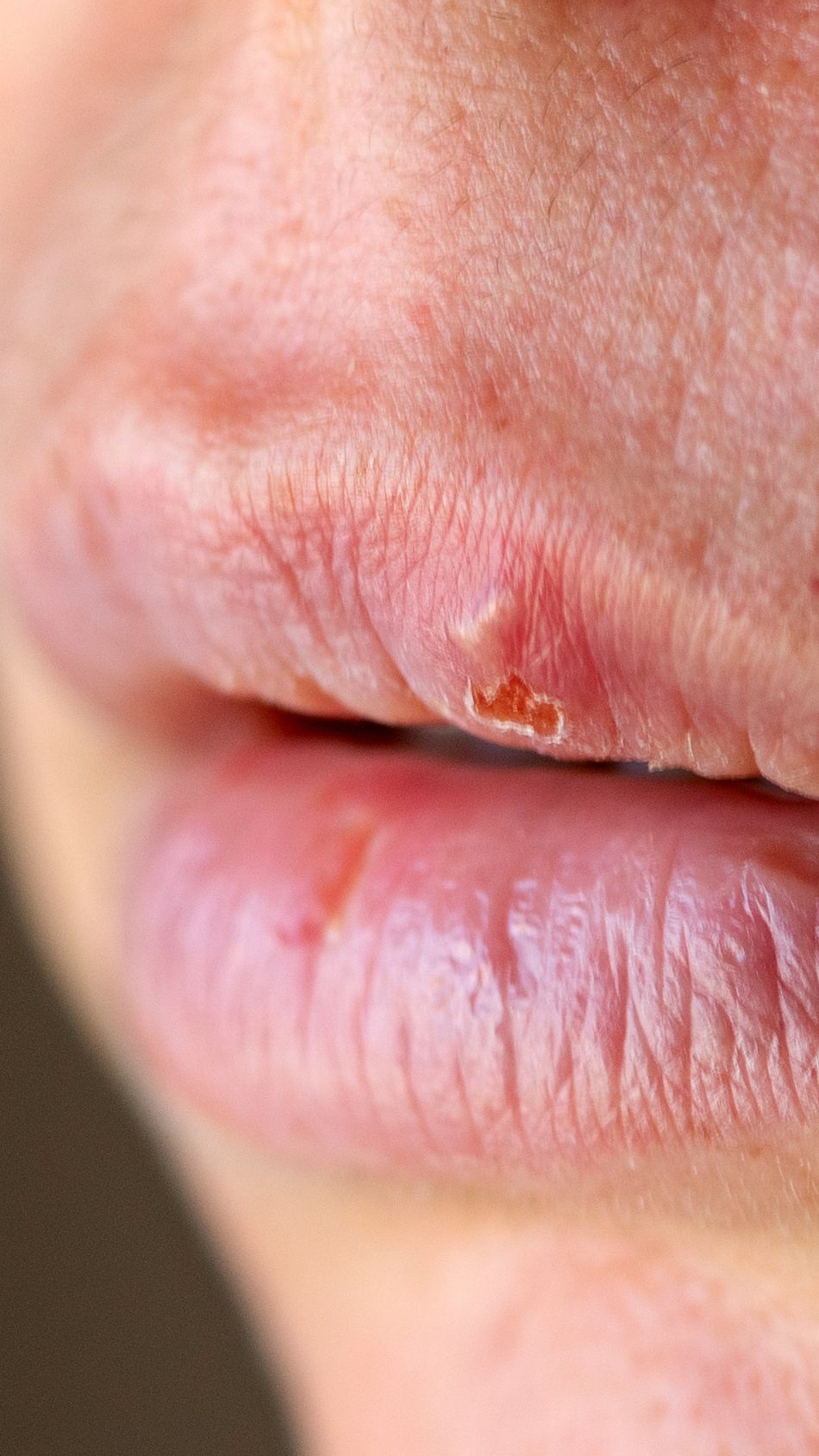
– People with dark skin , because they have high risk for hypopigmentation or uneven skin tone
– People who take isotretinoin medication for acne within the six months prior to chemical peeling.
– People with a personal or family history of keloid or skin pigmentation disorders.
– Recurrent or severe cold sores (herpes).
– Taking contraceptive pills (may cause abnormal pigmentation after peeling).
– Pregnancy.
Since each treatment has its own set of side impacts difficulties, it is vital to investigate each case and determine the proper type of peeling as well as any potential side effects or consequences.
And the risks of complications can be decreased by using a peeling method that is appropriate for the condition of the skin, as well as sticking to the guidelines before treatment and aftercare counseling.
Although side effects caused by the chemical peel are rare, most of them are temporary, may include mild to moderate discomfort or stinging, slight redness or swelling, itchiness, tenderness, dry or flaking skin, skin sensitivity, Pigment changes (hyper or hypo pigmentation), allergic reaction, scarring and bacterial or viral infection.
Skin exfoliation has a long history since early records show that the ancient Egyptians utilized these ingredients when women applied curd to their skin.
Curd contains lactic acid, an alpha hydroxy acid that renews the skin.
They also used other substances to improve the texture of the skin, such as animal oils and alabaster, as well as some animal oils.
Romans also practiced peeling by applying fruits, especially grapes, which contain tartaric acid, which is high in antioxidants, and other therapies including compresses with sulfur, mustard, and limestone, which were used to decrease freckles and even improve skin color.
In 1874, a Viennese dermatologist called Ferdinand von Hebera performed exfoliation methods to treat pigmentation problems such as melasma, freckles, and Addison’s disease. In 1882, John Yona described the application of salicylic acid, resorcinol, trichloroacetic acid (TCA), and phenol to the skin in Germany.
In the United States, chemical peels are the third most frequent cosmetic operation.
This article is Medically reviewed by : Dr. Iman Itani MBBS.GP. Aesthetic doctor.
